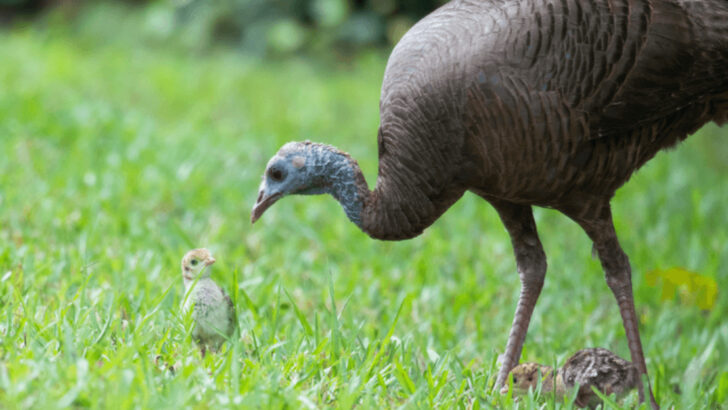Nature breaks the rules in the wildest ways. Imagine a world where animals don’t need males to keep their species alive. Sounds like science fiction? Think again. From lizards to sharks, some creatures are rewriting the story of reproduction—copying themselves without a single male in sight. This mind-blowing ability, called parthenogenesis, isn’t as rare as you might think. Why do some animals go solo? How does this strange strategy help them survive? Prepare to be amazed by 13 incredible species that challenge everything we thought we knew about making babies.
Komodo Dragon
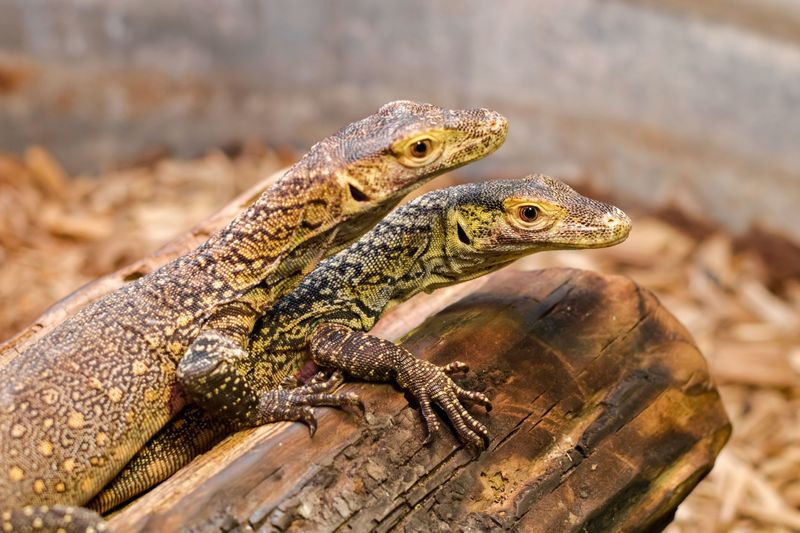
Imagine a world where dragons roam free, and you might just picture the Komodo dragon. These giant lizards, native to Indonesia, have a fierce reputation, yet their reproductive strategy is equally impressive. Female Komodo dragons can reproduce through parthenogenesis, a form of asexual reproduction where embryos develop without fertilization.
This adaptation is crucial when males are scarce, allowing females to populate remote areas. Parthenogenesis results in offspring that are genetic clones of the mother, ensuring her traits are passed on.
With their rugged scales and formidable presence, Komodo dragons are a testament to evolutionary resilience.
New Mexico Whiptail Lizard
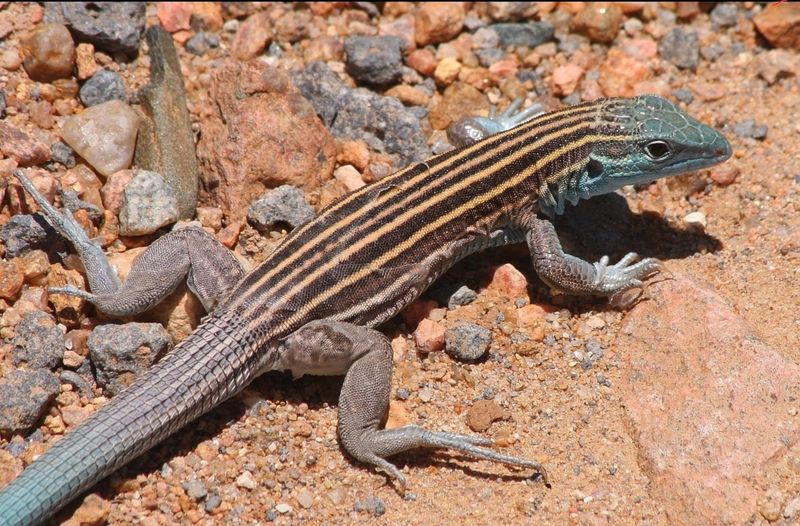
In the arid landscapes of the American Southwest, the New Mexico whiptail lizard thrives without male assistance. This all-female species reproduces through parthenogenesis, where the female’s eggs can develop into embryos independently.
This unique reproductive method ensures that the population can sustain itself even in challenging environments. The offspring are typically clones of the mother, carrying forward her genetic legacy.
With their slender bodies and distinctive stripes, these lizards are not only fascinating in their reproductive abilities but also in their adaptability to harsh desert conditions.
Amazon Molly
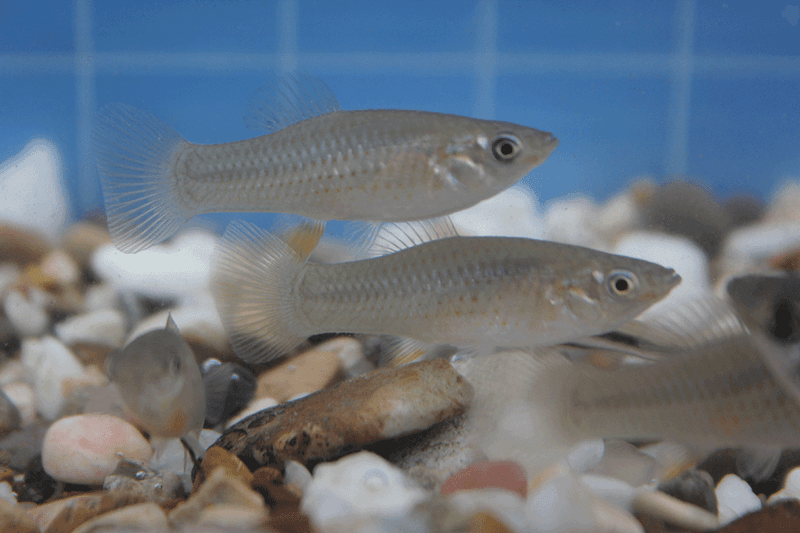
The Amazon molly, native to freshwater habitats in Texas and Mexico, is a peculiar fish that doesn’t need males to reproduce. Although they mate with males of related species, the male’s genetic material is not incorporated into the offspring.
This process, known as gynogenesis, stimulates egg development without genetic contribution. As a result, the offspring are clones of the mother, allowing the species to flourish without male involvement.
The vibrant colors and lively nature of Amazon mollies make them a captivating subject for those interested in unique reproductive strategies in the animal kingdom.
Bdelloid Rotifers
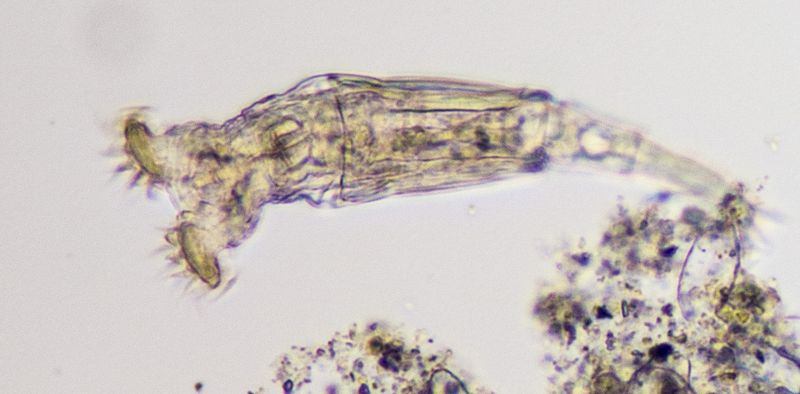
Bdelloid rotifers are microscopic aquatic creatures that have reproduced asexually for millions of years. Found in diverse environments, these resilient organisms have perfected a method of survival without males.
Their ability to dry out and rehydrate enables them to disperse widely, colonizing new habitats. This adaptability has allowed them to thrive in conditions that might be inhospitable to other species.
Bdelloid rotifers are a remarkable example of asexual reproduction, showcasing how life can persist and evolve in the absence of traditional sexual reproduction.
Marbled Crayfish
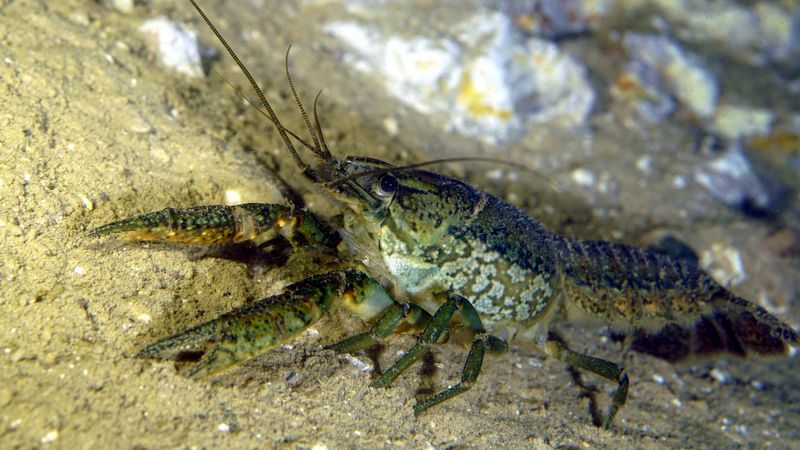
The marbled crayfish, or marmorkrebs, is an intriguing freshwater crustacean known for its ability to clone itself. Originating as a mutation in the pet trade, these crayfish reproduce through parthenogenesis, creating genetically identical offspring.
Populations can grow rapidly, posing ecological challenges in non-native environments. Their marbled coloration and adaptability make them a subject of interest in both scientific and ecological studies.
Understanding the marbled crayfish’s reproductive abilities offers insights into how species can adapt and persist through asexual reproduction, even when environmental pressures are high.
Cape Honeybee
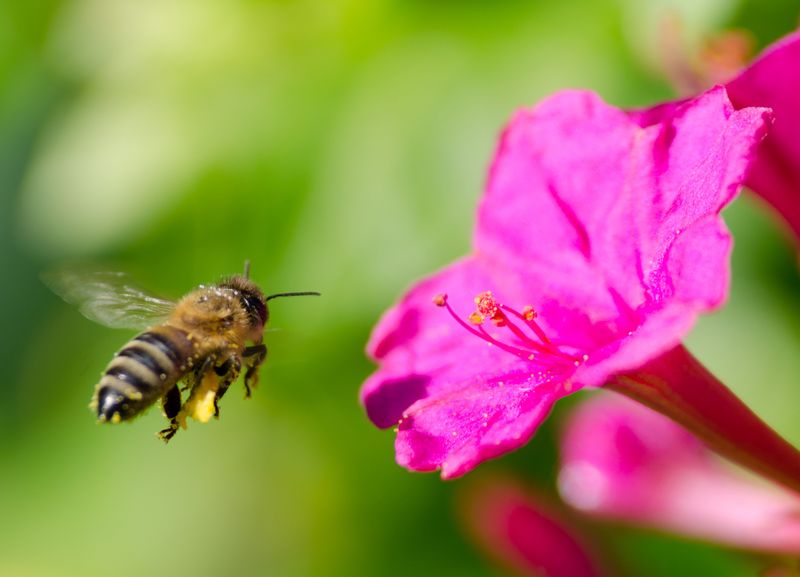
In the world of bees, the Cape honeybee from South Africa stands out with its unique ability to reproduce asexually. Worker bees can lay eggs that develop into female clones, a rare trait in the bee kingdom.
This reproductive strategy is particularly advantageous when queen bees are absent, ensuring that the hive can continue to thrive. Despite the potential for conflict within colonies, this ability showcases the bee’s adaptation to varying environmental and social conditions.
The Cape honeybee’s remarkable reproductive method provides a glimpse into the complexities of social insect societies.
Hydra
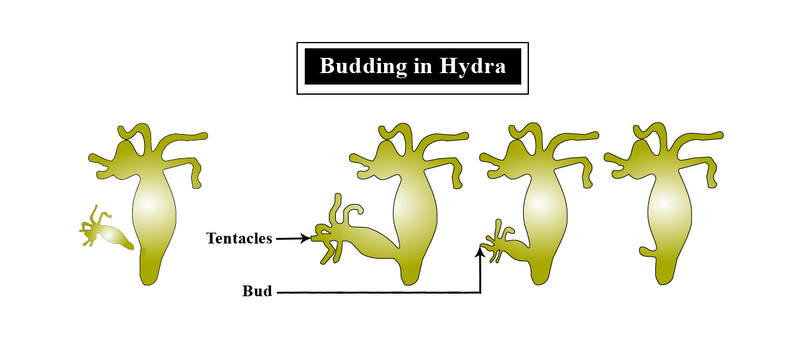
Hydras are simple, yet fascinating creatures that populate freshwater environments and reproduce asexually through budding. In this process, a new individual grows out of the body of the parent and eventually detaches.
This method allows for rapid population growth and colonization of new habitats. Hydras’ regenerative abilities are equally impressive, showcasing nature’s ingenuity in survival and adaptation.
Their ability to reproduce without males provides valuable insights into the evolutionary strategies of simpler life forms, underscoring the diversity of reproductive methods in the natural world.
Starfish
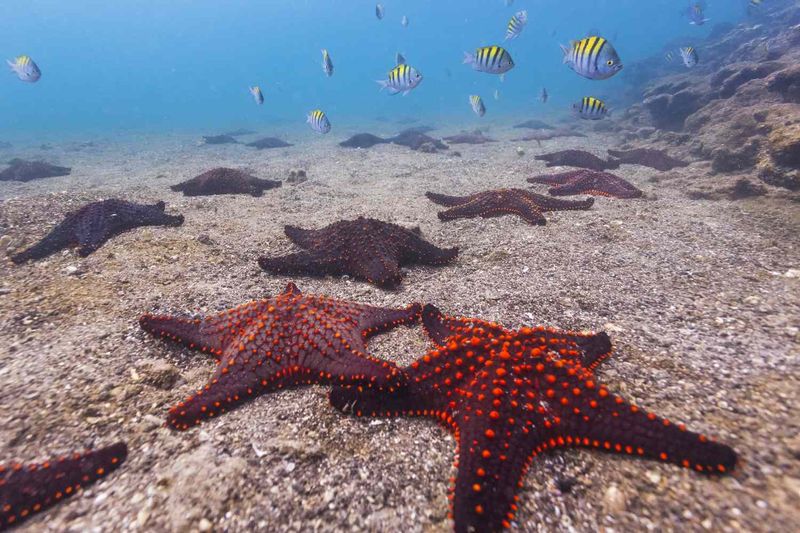
Starfish, or sea stars, captivate with their beauty and unique regenerative abilities. Certain species can reproduce asexually by regenerating lost arms, which can develop into new individuals.
This remarkable capability allows them to recover from injuries and maintain their presence in various marine environments. The regenerative process supports genetic diversity, as different parts can develop into genetically distinct organisms.
Starfish exemplify the wonders of marine biology, with their asexual reproduction offering insights into resilience and adaptability in ocean ecosystems.
Sea Anemone
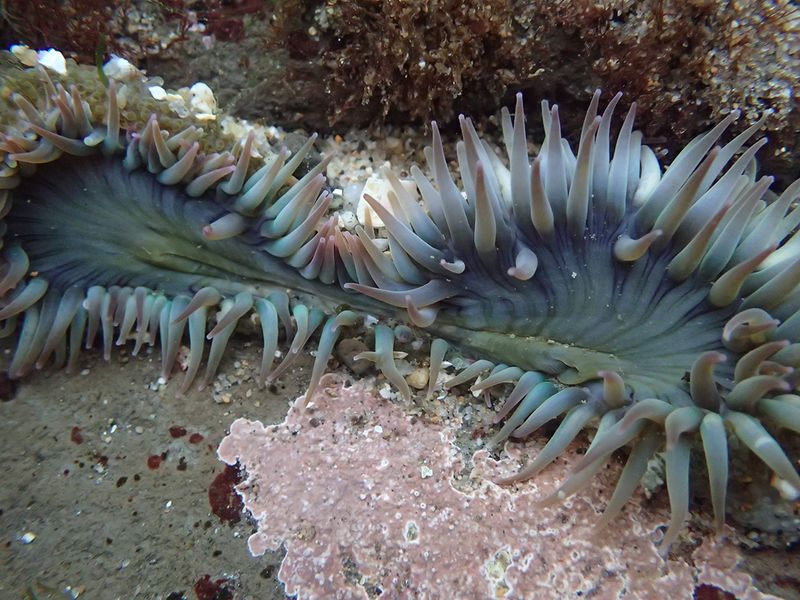
Sea anemones, known for their vibrant colors and delicate tentacles, employ a unique form of asexual reproduction called fission. This process involves the splitting of their body into two separate individuals.
This reproductive strategy allows sea anemones to thrive in coral reefs, where space and resources are often limited. Their ability to reproduce without males highlights the diverse strategies employed by marine organisms to ensure survival.
Sea anemones’ fascinating biology serves as a reminder of the complexity and beauty of life in oceanic environments, where creativity often reigns supreme.
Planarian
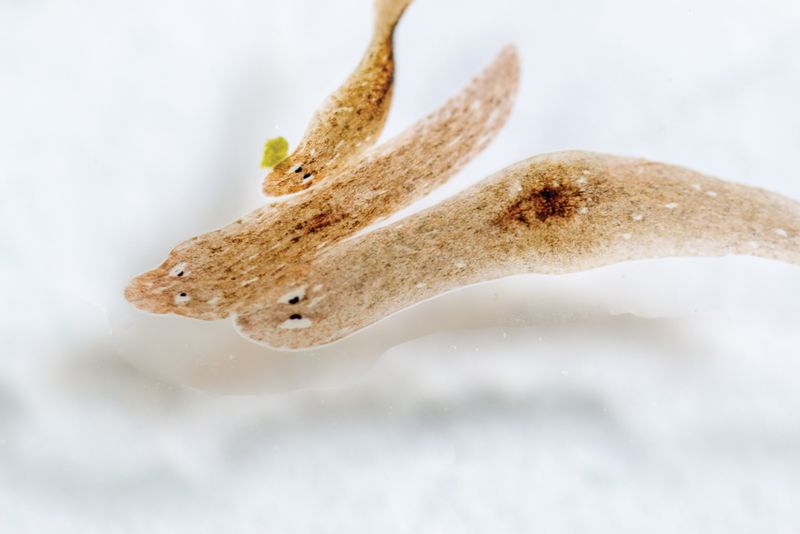
Planarians are flatworms celebrated for their regenerative prowess. These creatures can reproduce asexually through fission, where the body splits into two, with each part growing into a complete organism.
This ability not only aids in recovery from injuries but also allows for rapid population growth. Planarians’ simple anatomy belies their complex regenerative mechanisms, making them a subject of scientific interest.
Their asexual reproduction provides insights into evolutionary biology and the remarkable capabilities of simpler organisms to adapt and thrive in various environments.
Aspidoscelis Neotesselata

Aspidoscelis Neotesselata, or the Colorado checkered whiptail, is a fascinating parthenogenetic lizard species. Found in the rocky terrains of Colorado, these lizards are exclusively female and reproduce without males.
Their ability to produce clones through parthenogenesis allows them to adapt to a variety of environments. The unique patterns and agile movements of these lizards make them a captivating presence in their natural habitat.
Aspidoscelis Neotesselata serves as a testament to the remarkable adaptations of reptiles to their environments, showcasing the beauty and resilience of life in arid landscapes.
Turkeys
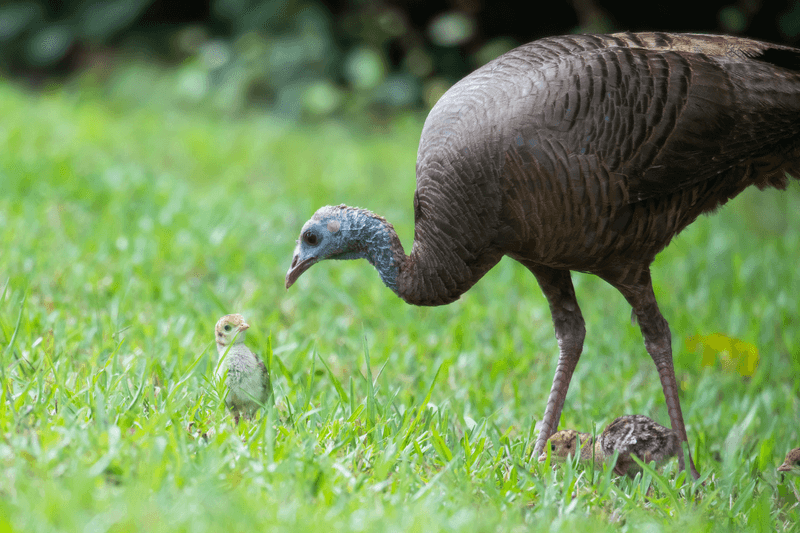
Turkeys might seem an unlikely candidate for asexual reproduction, yet some domesticated turkeys can reproduce parthenogenetically. This rare occurrence results in eggs developing without fertilization by a male.
The resulting offspring are usually male and not identical clones, showcasing a unique twist in the reproductive process. This ability to reproduce without male involvement highlights the diverse strategies some birds employ to ensure survival.
Understanding turkey parthenogenesis offers a glimpse into avian reproductive biology, revealing unexpected complexities in what might otherwise seem familiar creatures.
Hammerhead Shark
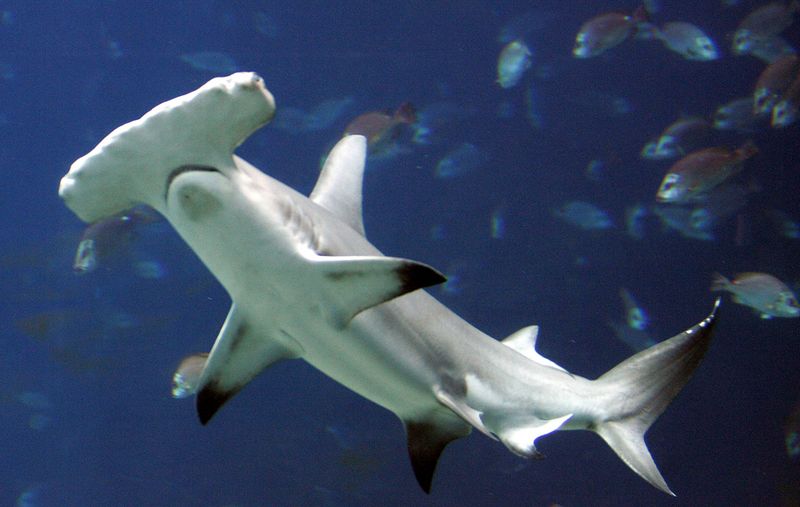
The hammerhead shark, with its iconic head shape, is a marvel of marine evolution. Surprisingly, these sharks can reproduce through a process called parthenogenesis, where females produce offspring without male fertilization.
This phenomenon, though rare in sharks, highlights their adaptability in environments where mates might be scarce. The resulting offspring are genetic clones of the mother, ensuring the continuity of her lineage.
Hammerhead sharks’ ability to reproduce asexually provides insights into the extraordinary survival strategies of marine life, reminding us of the ocean’s endless mysteries.

